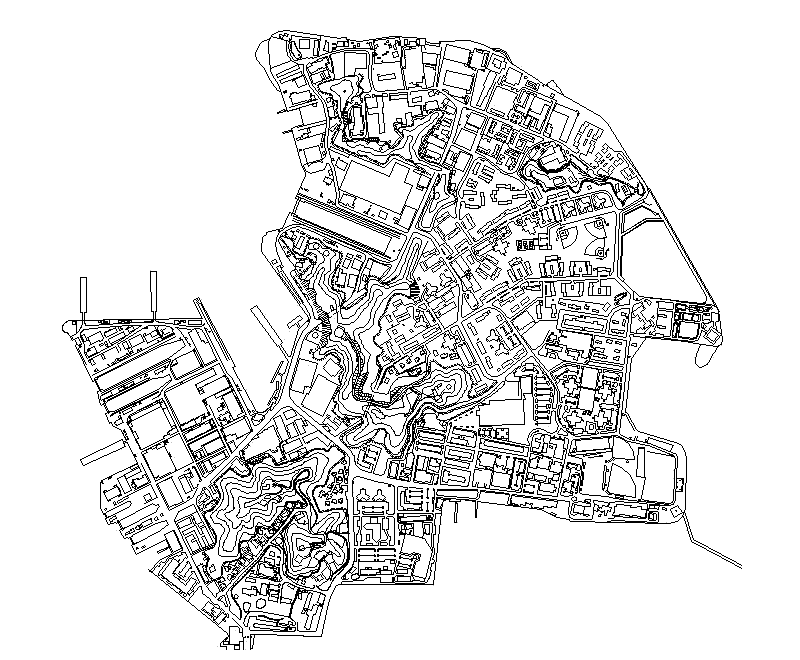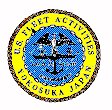



 Yokosuka is America's most important naval facility in the Western Pacific, and the largest, most strategically important overseas US Naval installation in the world.
The centerpiece of the Pacific Fleet forward presence mission is the Forward-Deployed Naval Forces (FDNF) in Japan. The 17 ships in Japan make up the KITTY HAWK aircraft carrier battle group in Yokosuka
and the BELLEAU WOOD amphibious ready group in Sasebo. Having ships in this strategic location gives a great deal of capability for the dollar because the Japanese government funds over 70% of total U.S. military support expenses as host nation support, which totaled approximately $5 Billion in 1998.
FDNF is also a force multiplier that gives us significant leverage in these asset-limited times. It would take three to five times as many ships from mainland US bases to provide the same presence and crisis response capability as from the FDNF. Although FDNF ships normally combine with rotational
deployers from Hawaii and the west coast to engage Western and Southern Pacific countries, their strategic positioning makes them fully capable of providing initial and substantial response
to other theaters.
Yokosuka is America's most important naval facility in the Western Pacific, and the largest, most strategically important overseas US Naval installation in the world.
The centerpiece of the Pacific Fleet forward presence mission is the Forward-Deployed Naval Forces (FDNF) in Japan. The 17 ships in Japan make up the KITTY HAWK aircraft carrier battle group in Yokosuka
and the BELLEAU WOOD amphibious ready group in Sasebo. Having ships in this strategic location gives a great deal of capability for the dollar because the Japanese government funds over 70% of total U.S. military support expenses as host nation support, which totaled approximately $5 Billion in 1998.
FDNF is also a force multiplier that gives us significant leverage in these asset-limited times. It would take three to five times as many ships from mainland US bases to provide the same presence and crisis response capability as from the FDNF. Although FDNF ships normally combine with rotational
deployers from Hawaii and the west coast to engage Western and Southern Pacific countries, their strategic positioning makes them fully capable of providing initial and substantial response
to other theaters.
Fleet Activities, Yokosuka boasts the largest and best of everything the Navy has to offer, with 23,000 military and civilian personnel. COMFLEACT Yokosuka comprises 568 acres and is located at the entrance of Tokyo Bay, 43 miles south of Tokyo and approximately 18 miles south of Yokohama on the Miura peninsula in the Kanto Plain region of the Pacific Coast in Central Honshu, Japan. The 55 tenant commands which make up this impressive installation support WESTPAC operating forces, including principle afloat elements of the United States SEVENTH Fleet and COMDESRON 15, including the only permanently forward deployed aircraft carrier, USS KITTY HAWK (CV 63).
Naval Air Facility (NAF) Atsugi is the home of Carrier Air Wing 5 (CVW-5), the Navy s only permanently forward-deployed air wing. As such, CVW-5 is able to build a uniquely strong partnership with USS Kitty Hawk (CV 63), the carrier on which they deploy. CVW-5's planes and pilots spend a lot of their time in the air, and maintenance and support crews stay on Kitty Hawk or on the practice strip at historic Iwo Jima. Field Carrier Landing Practice (FCLP) take place at Iwo Jima. The use of Iwo Jima as a FCLP site was jointly agreed to by the Japanese and United States governments as a temporary measure until the government of Japan provides the US Navy with a permanent FCLP site. Atsugi is situated in the heart of the Kanto Plain, with easy access to metropolitan Tokyo. It is conveniently located within an hour of numerous other US military bases, including Camp Fuji, and Yokota Air Base, a hub for military flights throughout the Western Pacific.
With the onset of hostilities in Korea on June 25, 1950, Yokosuka Navy Base suddenly became very important and extremely busy. The U.S., although still an occupying power in Japan, turned its full efforts to the support of South Korea. The Navy Dispensary was enlarged and expanded and was commissioned a U.S. Naval Hospital in 1950. The Naval Communications Facility, Yokosuka, was commissioned in January, 1951. In April 1951, the Ship Repair Department became a component command. It was redesignated the Ship Repair Facility. As the major naval ship repair facility in the Far East, the Yokosuka Facility assumed a vital role in maintenance and repair of the U.S. Seventh Fleet during the Korean and Vietnam conflicts. In March, 1952, the geographical boundaries of the command of Commander Naval Forces Far East changed to exclude the Philippines, Marianas, Bonin and Volcano Islands. In December, 1952, the Headquarters were shifted from Tokyo to Yokosuka. The expanded Supply Department of Fleet Activities became the Naval Supply Depot, Yokosuka in August, 1952 and in 1960, the Naval Communications Facility was redesignated U.S. Naval Communications Station, Japan.
Under BRAC 95 Guidance, Naval Pacific Meteorology and Oceanography Facility will disestablish in April 1999. Functions associated with the Joint Typhoon Warning Center will shift to Pearl Harbor, Hawaii in January 1999. Functions associated with the Naval Pacific Meteorology and Oceanography Center West will gradually shift to Yokosuka, Japan between October 1998 and April 1999.
